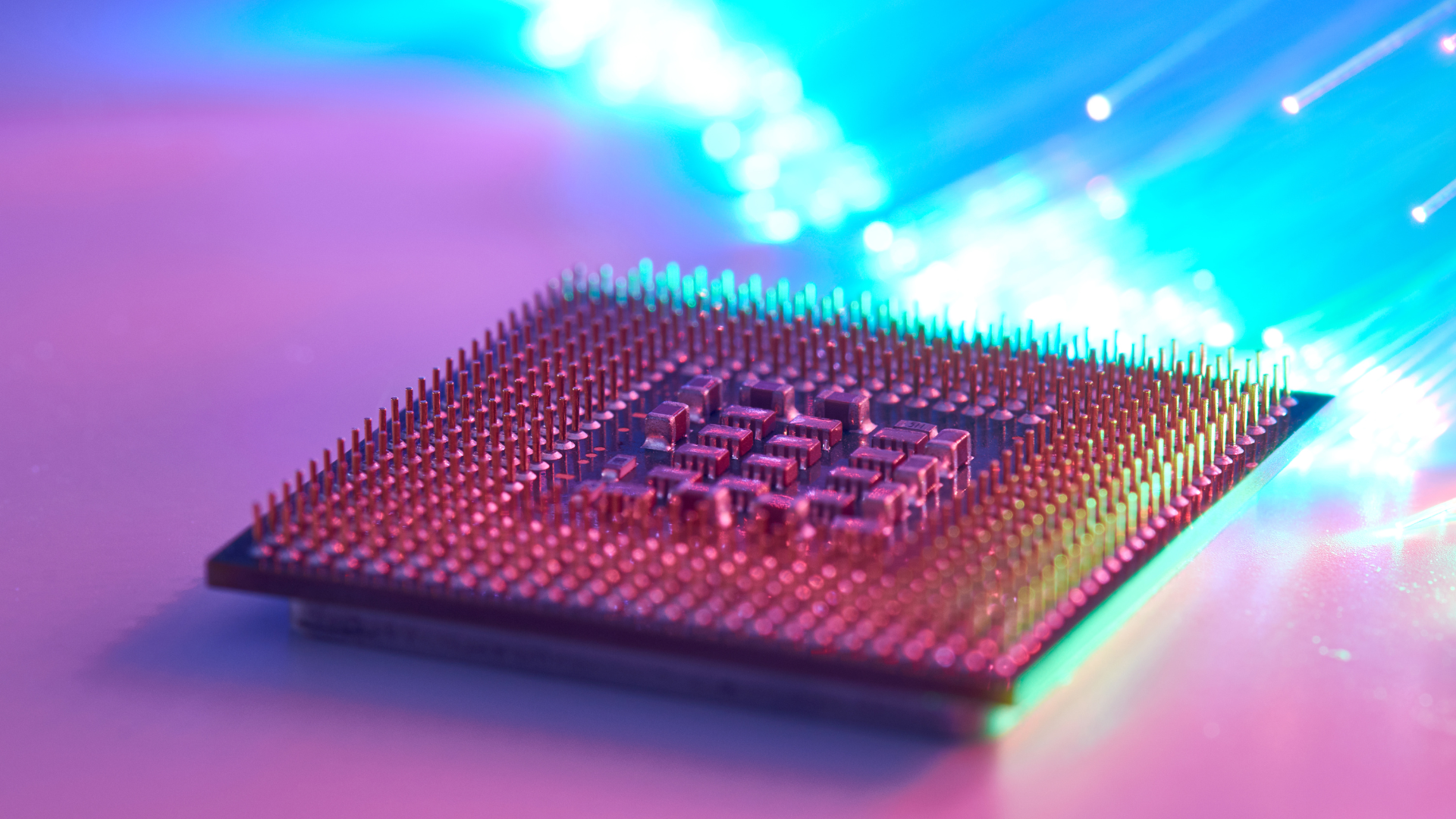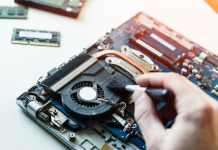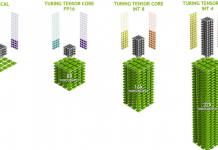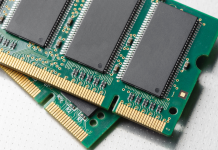
If you’re building a computer, you know that there are a lot of factors to consider. But one of the most important things to think about is the processor. A processor is the part of your computer that actually does the work—it processes all of the data and instructions you give it, performs calculations, and sends information back to other parts of your system.
The size of a processor’s process determines how much information it can handle at once. Some processors have very large processes (many gigabytes), while others have small processes (millions of bytes). This guide will help you understand what this means for you and your computer’s performance.
What is the Fabrication (Process) Size of a Processor?
The fabrication process size is the width of the smallest transistor feature that can be reliably produced on a given manufacturing process. The term “process” refers to the specific semiconductor manufacturing technology used to produce a chip. For example, 14nm and 10nm are two different silicon fabrication processes.
As node numbers get smaller (e.g., going from 14nm to 10nm), the features on transistors also get smaller—and so does the overall die size of each individual processor core! One way to think about it: if you took an image of your processor die under a microscope, then increased its magnification by one step using a higher-powered lens, you would see more Core i7 cores at 28 nano-meters than you would at 22 nano-meters—because there’s simply less room for error when building such tiny features onto chips!
This difference in scale is why today’s flagship processors offer much better performance per watt and improved energy efficiency compared to even just five years ago.
Why is Smaller Always Better?
As the semiconductor industry continues to follow Moore’s Law, processor manufacturers are always looking for ways to reduce the size of their products. This is because smaller processors use less power and can be fit into smaller devices. In addition, smaller process sizes allow for more transistors to be placed on a chip, which increases performance.
One of the main reasons why small process sizes are better is because they result in lower costs. When chips are manufactured using large process sizes, there is a lot of wasted space on each die. This means that fewer chips can be produced from a single wafer, which drives up costs. On the other hand, when small process sizes are used there is very little wasted space so more chips can be made from a single wafer – resulting in lower production costs.
In addition to being cheaper to produce, small processors also tend to consume less power than larger ones. This is important not only for battery-operated devices but also for data centers where energy consumption is a major concern. Lower power usage results in reduced cooling requirements and operating expenses, both of which add up over time.
Are There Any Downsides of a Smaller Process Size?
As the feature size of processors continues to shrink, there are many potential benefits from this trend. Smaller transistors can operate more quickly, use less power, and generate less heat than larger ones. In addition, smaller process sizes generally allow for more densely packed chips with higher transistor counts. However, as we continue to push chip-making technology to its limits, there are also some potential downsides of working with increasingly small process sizes.
One downside is simply the cost and complexity of manufacturing smaller chips. As feature sizes get smaller and line widths approach atomic scales, it becomes increasingly difficult (and expensive) to maintain the necessary level of precision required for producing functional transistors. This has led some companies (including Intel) to abandon cutting-edge research into ever-smaller process nodes in favor of focusing on developing new ways to improve performance without shrinking features further.
Another challenge posed by tiny process sizes is that they can be much harder to test and inspect for defects than larger ones; even a single missing atom or misplaced impurity can cause problems at these scales. This means that yields tend to be lower when fabricating very small chips, which drives up costs even further. In addition, the smaller dimensions of these features also make them more susceptible to damage from heat or radiation exposure during manufacturing and use.
Some Related FAQs
1. Why is Chip Manufacturing So Difficult?
As the world’s demand for semiconductors continues to grow, the challenge of chip manufacturing becomes more difficult. The fabrication process is extremely delicate and precise, making it difficult to produce large quantities of chips quickly and cheaply.
One major challenge in chip manufacturing is preventing defects. A single defect can render an entire batch of chips unusable, so manufacturers must take great care to avoid them.
Another difficulty is that as chips become smaller and more complex, they are harder to produce without errors. Even a slight misalignment can cause problems with electrical connections or circuit patterns on the surface of the chip.
2. Why are Chips Important?
As the world becomes more and more reliant on technology, it is important to have a reliable source of chip technology. This type of tech allows for smaller, faster and more efficient devices that can be used in a variety of different ways.
From our personal computers and cell phones to larger machines like MRI scanners – chips make everything work better.
3. Why are Semiconductor Chips So Important?
Semiconductor chips are tiny electronic circuits that are found in everything from computers and cell phones to cars and appliances. They are made up of a material called silicon, which is found in sand.
Semiconductor chips play a vital role in modern life. They make our devices smaller, faster and more energy-efficient. Without them, we wouldn’t have the Internet, smartphones or many of the other technologies we rely on today.
One way to think of semiconductors is as the brains behind all sorts of devices—they control how they operate by processing information (in binary form zeroes and ones). In fact, almost every digital device uses at least one central processing unit (CPU), which contains millions if not billions of these switches called transistors.
The Bottom Line
So, what is a processor’s process size and why does it matter?
Processor’s process size refers to the actual size of a chip that’s being made. The smaller the number, the more efficient the processor will be. The larger the number, the less efficient it will be.
As you can see from this article, understanding your processor’s process size is important if you want to get the most out of your system—and not spend too much money on unnecessary upgrades.




